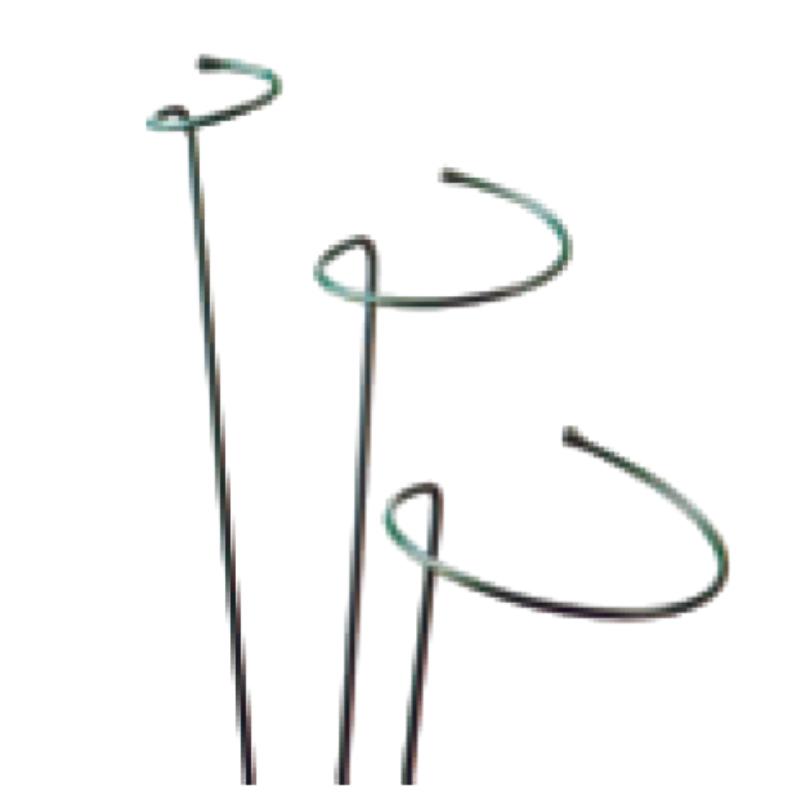-
Imèl:zhao@hyliec.cn
-
Tel:+86 311 85273988
-
whatsAPP:8613931128750
-
 Afriken
Afriken -
 Albanè
Albanè -
 Amarik
Amarik -
 Arab
Arab -
 Amenyen
Amenyen -
 Azerbaydjan
Azerbaydjan -
 Basque
Basque -
 Belarisyen
Belarisyen -
 Bengali
Bengali -
 Bosnyen
Bosnyen -
 Bulgarian
Bulgarian -
 Catalan
Catalan -
 Cebuano
Cebuano -
 kors
kors -
 Kwoasyen
Kwoasyen -
 Czech
Czech -
 Danwa
Danwa -
 Olandè
Olandè -
 angle
angle -
 Esperanto
Esperanto -
 Estonyen
Estonyen -
 Finnish
Finnish -
 franse
franse -
 Frisyen
Frisyen -
 Galisyen
Galisyen -
 Jòjyen
Jòjyen -
 Alman
Alman -
 grèk
grèk -
 Gujarati
Gujarati -
 Kreyòl ayisyen
Kreyòl ayisyen -
 hausa
hausa -
 Hawaiian
Hawaiian -
 ebre
ebre -
 Non
Non -
 Miao
Miao -
 Ongwa
Ongwa -
 Icelandic
Icelandic -
 igbo
igbo -
 Endonezyen
Endonezyen -
 Ilandè
Ilandè -
 Italyen
Italyen -
 Japonè
Japonè -
 Javanèz
Javanèz -
 Kannada
Kannada -
 kazak
kazak -
 Khmer
Khmer -
 Rwandan
Rwandan -
 Koreyen
Koreyen -
 Kurdish
Kurdish -
 Kyrgyz
Kyrgyz -
 TB
TB -
 Latin
Latin -
 Latvian
Latvian -
 Lityanyen
Lityanyen -
 Luxembourgish
Luxembourgish -
 Masedwan
Masedwan -
 Malgashi
Malgashi -
 Malay
Malay -
 Malayalam
Malayalam -
 Maltese
Maltese -
 Maori
Maori -
 Marathi
Marathi -
 Mongolyen
Mongolyen -
 Myanma
Myanma -
 Nepali
Nepali -
 Nòvejyen
Nòvejyen -
 Nòvejyen
Nòvejyen -
 Occitan
Occitan -
 Pashto
Pashto -
 Pèsik
Pèsik -
 Polonè
Polonè -
 Pòtigè
Pòtigè -
 Punjabi
Punjabi -
 Woumen
Woumen -
 Ris
Ris -
 Samoan
Samoan -
 Scottish Gaelic
Scottish Gaelic -
 Sèb
Sèb -
 angle
angle -
 Shona
Shona -
 Sindhi
Sindhi -
 Sinhala
Sinhala -
 Slovak
Slovak -
 Sloveni
Sloveni -
 Somalyen
Somalyen -
 Panyòl
Panyòl -
 Sundanese
Sundanese -
 Swahili
Swahili -
 Swedish
Swedish -
 Tagalog
Tagalog -
 Tajik
Tajik -
 Tamil
Tamil -
 Tatar
Tatar -
 Telugu
Telugu -
 Thai
Thai -
 Tik
Tik -
 Tirkmen
Tirkmen -
 Ukrainian
Ukrainian -
 Oudou
Oudou -
 Ouygur
Ouygur -
 Ouzbek
Ouzbek -
 Vyetnamyen
Vyetnamyen -
 Welsh
Welsh -
 Ede
Ede -
 Yiddish
Yiddish -
 Yoruba
Yoruba -
 Zoulou
Zoulou
Metal Plant Supports
What Is The Support Structure Of A Plant?
The support structure of a plant refers to the system of tissues and organs that provide stability and enable the plant to maintain an upright position. This support structure includes several key components:
1. Cell walls: The rigid cell walls of plant cells provide structural support, especially in non-woody plants. The cell walls help maintain the shape and rigidity of the plant's cells, contributing to its overall structure.
2. Stems: Stems play a crucial role in supporting the plant and providing a framework for the attachment of leaves, flowers, and reproductive structures. The stems also facilitate the transport of water, nutrients, and sugars throughout the plant.
3. Roots: The root system anchors the plant in the soil, providing stability and support. Additionally, roots absorb water and nutrients from the soil, contributing to the overall health and growth of the plant.
4. Vascular tissues: Xylem and phloem are specialized tissues that form the plant's vascular system. Xylem transports water and minerals from the roots to the rest of the plant, while phloem transports sugars and other organic compounds to various parts of the plant.
5. Specialized structures: Some plants have specialized support structures, such as tendrils, thorns, or aerial roots, which aid in climbing, attachment, or additional support.
The combination of these structural elements allows plants to maintain their shape, withstand environmental forces, and support essential physiological processes.
Iron Plant Supports Faq
What are the benefits of using iron plant supports?
Iron plant supports offer durability and strength, making them suitable for providing robust support for heavy or sprawling plants. They can withstand the weight of mature plants and help maintain their shape and structure.
What types of plants are best supported by iron plant supports?
Iron plant supports are well-suited for providing support to a wide range of plants, including peonies, roses, delphiniums, and other tall or heavy-flowering perennials. They can also be used for supporting climbing plants such as clematis or sweet peas.
How should iron plant supports be installed?
Iron plant supports should be installed firmly in the ground to ensure stability. When supporting individual plants, place the support structure around the plant early in the growing season, allowing the plant to grow into and around the support naturally.
Are there different styles and designs of iron plant supports available?
Yes, iron plant supports come in various styles and designs, including hoop supports, grid supports, and individual stakes. These different designs cater to the specific needs of different types of plants and can provide effective support while enhancing the visual appeal of the garden.
How can iron plant supports be maintained?
To maintain iron plant supports, periodically inspect them for signs of rust or corrosion, especially if they are exposed to the elements. If rust is present, it can be removed using a wire brush, and the supports can be treated with a rust-resistant coating or paint to prolong their lifespan.






